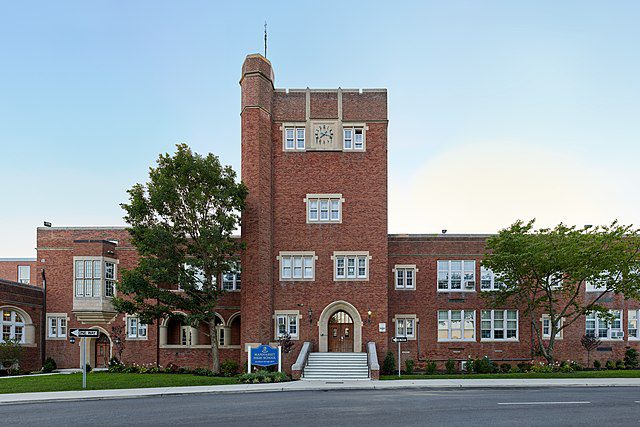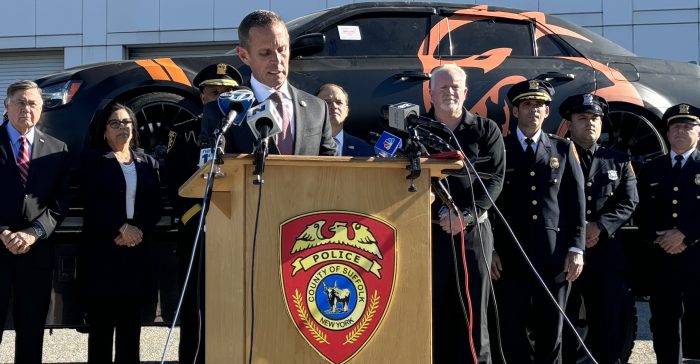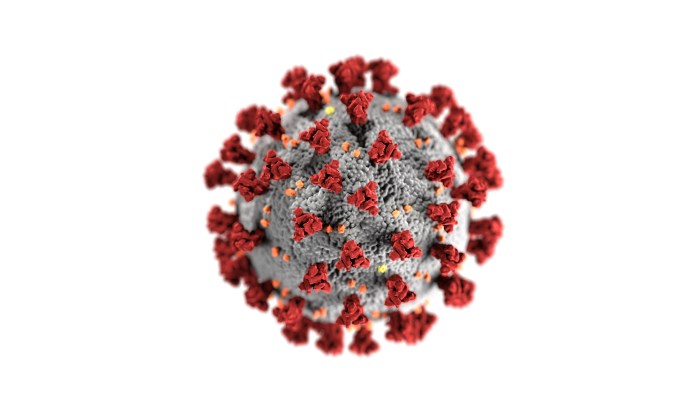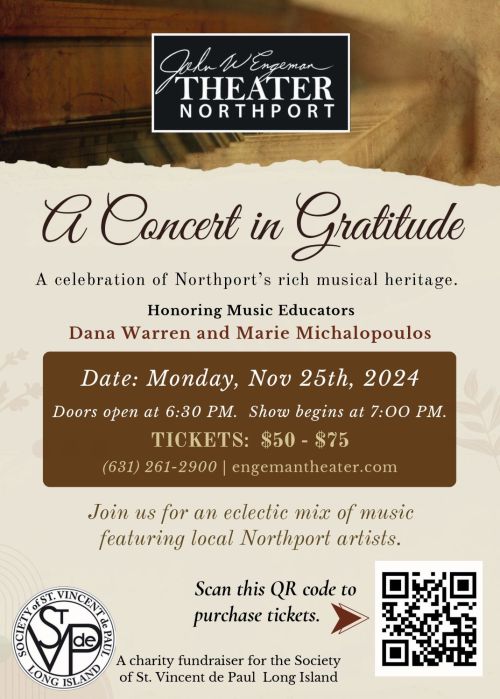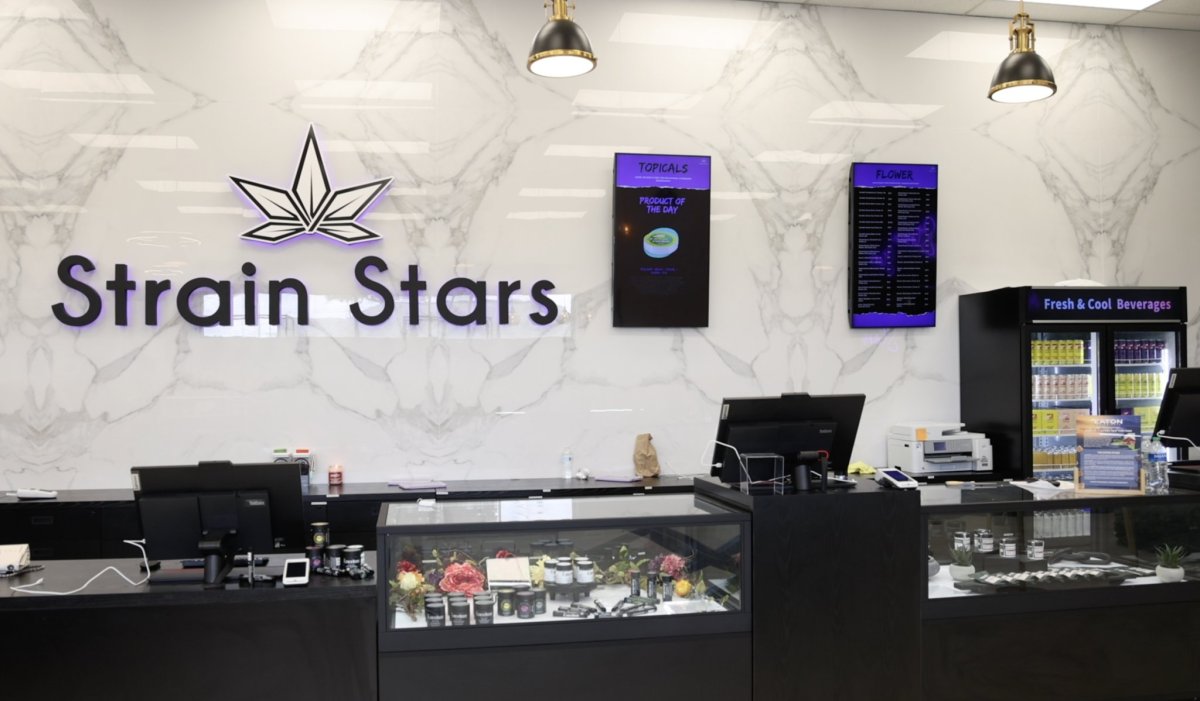
A recent special meeting of the Village of Garden City Board of Trustees included a work session to discuss the contents of the consultants’ report concerning the current condition of the St Paul’s buildings and potential stabilization costs.
In attendance were Carlos J. Cardoso, AIA, partner, director of construction administration at Beyer Blinder Belle Architects & Planners, LLP, who gave a short introduction and introduced the following consultants who each gave a short presentation and answered trustees’ questions: Courtney Riley, LEED, AP BD+C, director of land development for VHB; Stephen Szycher, P.E., LEED AP, senior principal with Thornton Tomasetti; Charles Van Winckle, senior associate, Thornton Tomasetti (TT); Michelle Dionisio, associate, Thornton Tomasetti; and Walter P. Beal, project executive with CNY Group.
Thornton Tomasetti provided the building envelope and structural assessment report, which, in part, states “breaches in the building envelope, leading to years of environmental exposure, have allowed water damage to compromise the building structure by causing deterioration of load bearing elements. This event has already resulted in some localized failure of the structure. Ongoing neglect to repair the building envelope will eventually lead to complete failures and compounding structural issues such as collapses, at which point repairs will be much more costly and complicated. TT is recommending addressing envelope failures and compromises immediately to make the building water-tight.”
VHB provided the Phase 1 Environmental Site Assessment (ESA), which identified several business environmental risks, including the presence/storage of various hazardous materials (paints, varnishes, cleaning agents, solvents, mastics and flashing cements), the presence of an out-of-service fuel oil underground storage tank, potential asbestos containing materials, potential lead-based paint, potential polychlorinated biphenyls (PCBs), water damage and potential mold/mildew and bird guano.
VHB provided the Cultural Resources Due Diligence Memo, which pertains to the State Historic Preservation Office and St. Paul’s listing on the historic register. In part the memo states that the concept design “as proposed in July 2018 would be considered to have an adverse impact on the building, however it would not cause the building to be delisted. If State or Federal permits, approvals, or funding are sought for the project, then a mitigation strategy will have to be built into the proposed project as it moves forward to mitigate the adverse impact.”
VHB also piloted the drone imaging. An FAA-approved drone flight took place on May 31, in order to understand current building conditions. The videos, which can be downloaded from the village website, highlight various roofs and the extensive vegetation compromising the north elevations.
CNY created the Budget Study for Immediate Action Plan. The budget is based on Priority 1—Immediate Action Plan as delineated in the Building Envelope and Structural Condition Assessment Report prepared by Thornton Tomasetti dated July 19. This study does not include any costs for work associated with Priority 2—Early Action nor Priority 3—Maintenance. The intent of this phase is limited to sealing up the building from the elements to prevent further deterioration. Further, this Budget Study is based on start of work beginning in the 4th quarter of 2019. It is expected to take three months from commencement to seal the building.
The reports can be viewed in their entirety on the village website, www.gardencityny.net, along with close-up drone videos and pictures of the main building. Click on the “St. Paul’s” tab on the left side of the homepage.



